The Invisible Struggle of Rural Homelessness
Homelessness in rural areas like Tyrone is often overlooked and misunderstood.
Homelessness among students at Tyrone is more common than many think. Last year, 34 students in the district were identified as homeless.
Most people in central Pennsylvania probably think of homelessness as an inner-city issue, something that happens somewhere else.
But anyone can struggle with being homeless, no matter where they are from and or how old they are. Rural communities like Tyrone are not immune to the problem.
The homeless in rural parts of the country also face challenges that those in cities do not, such as a lack of resources devoted to homelessness, greater stigma toward seeking help, and limited availability of shelters and services.
In Tyrone, homelessness within the student population is a bigger problem than most people realize.
According to the most recent data reported to the Pennsylvania Department of Education, during the 2018-19 school year, 34 students in the Tyrone Area School District experienced homelessness.
Homeless students fall into two categories: members of families with children who are homeless, or single, unaccompanied youth who leave home and have nowhere to go.
“In Tyrone, most of the homeless students are from the first category, families with children. Most are homeless because they were evicted from their homes. But we do have unaccompanied homeless youth who are living with friends without any parent involvement,” said Tyrone Area School District Social Worker Molly Rivera, who works directly with homeless students and their families.
Families with children experiencing homelessness are usually due to a lost job or work hours, conflict among family with whom they were living, an unanticipated bill, abuse, or violence in the home.
These homeless children are usually young, from preschool to elementary age, and their families are usually headed by a young, single mother.
According to the National Alliance to End Homelessness, in January 2020 an estimated 171,575 people in 55,739 households were identified as homeless families in the United States.
It is unclear how much the pandemic has added to the problem of homelessness, but as laws that forbid landlords from evicting tenants during the pandemic expire, the problem is expected to increase in the near future.
The homelessness of unaccompanied youth is often rooted in family conflict. Other contributing factors include poverty and housing insecurity, mental health issues, substance abuse, physical or sexual abuse, or neglect.
The National Alliance to End Homelessness estimates that annually 550,000 unaccompanied youth and young adults up to age 24 experience homelessness of longer than one week. More than half are under the age of 18.
Josh’s story
After speaking to a current Tyrone student who recently experienced homeless, it’s clear that things are not always as they seem. For the purpose of protecting this student’s privacy, he will be referred to as Josh.
Josh belongs to the second category of homeless students, unaccompanied youth.
Like many students who experience homelessness, Josh’s home life was chaotic and conflict was common. When he was seventeen, Josh began working at a local restaurant. With the little bit of money he had earned at his job, he began to think about leaving home.
“When things started heading south at my house, I decided to take things into my own hands and move out,” said Josh.
But Josh didn’t have anywhere to go, and because he was still a minor he couldn’t rent an apartment, even if he had the money.
So for a while, Josh lived in his car.
“If I needed a change of scenery, I could just park somewhere else,” said Josh.
Homelessness is defined by the state as lacking a fixed, regular, and adequate nighttime residence. Despite the stereotypical picture of a homeless person living under a bridge or in a cardboard box on a city street, “lacking a home” can look like a variety of different things.
Like Josh, it can mean sleeping in a vehicle.
But homelessness also applies to people who move from place to place, staying with relatives and friends for short periods at a time. So-called “couch surfers” are considered homeless even though they don’t sleep on the street.
Josh explained how nights spent alone in his car were frightening and lonely.
At first, he hid his situation from his coworkers, friends, and teachers, which is common.
According to one recent study, the stigma surrounding homelessness is often a barrier to identifying homeless students. Young people often don’t want their friends or teachers to know what is happening and will go to great lengths to hide their homelessness.
Josh shared a touching story about the moment he realized he needed to tell a friend about his situation and get help.
“This past summer, I was walking around Tyrone at like 3 am, and as I was going past the houses I felt like one of those dogs in the cartoon who wanders around looking into happy families windows and wished it had that too. After that was when I knew I had to tell my friend what was going on,” said Josh.
That’s when he decided to seek help.
The friend took him in, and Josh now pays rent to his friend’s family. Teachers at school also donated clothes and other items to help get Josh back to school and on track to graduate.
Help is available
Fortunately for Josh, homeless students in the United States qualify for rights and protections under a federal law called the McKinney-Vento Act.
Homeless students have the same right to receive a free, appropriate public education as any other student.
They have the right to enroll in school immediately, even if they are lacking documents normally required for enrollment.
They also have the right to enroll in the local school where they are or to continue attending the student’s school of origin (the school they attended when last permanently housed, or the school in which they were last enrolled), if feasible.
The McKinney-Vento Act also requires that schools designate an appropriate staff person to be a “local educational agency liaison for homeless children and youth.”
At the Tyrone Area School District, that person is social worker Molly Rivera.
Among Rivera’s responsibilities under the law, she is required to get to know the best resources in the community to assist families with referrals for things such as shelter, counseling, food, and transportation.
“[Josh] was eligible for free lunches. His attendance was reviewed with some consideration to his situation so that he could still be on track to graduate, and we had teachers who donated shoes, and other clothing to help,” said Rivera.
“We can’t get people housing, but we have funding to help students get hygiene products, clothing, school-related items. In the past we have even helped with the cost of a hotel for a family that was displaced by a fire,” said Rivera. “We also can arrange transportation to school for students who are temporarily living outside the district so their educational environment is not interrupted.”
Rivera also is required to present information on the subject of homeless students to teachers and staff and arrange staff development workshops and presentations for school personnel.
According to Rivera, the key for homeless families and children is making sure that the school is aware of the situation so they can help. Once identified, Rivera makes sure that students in a position of homelessness get the help that is available to them.
That includes academic help if it is needed. Rivera had some important things to say about homeless students’ quality of work.
“We have to remember that students who are homeless are still held to the same standards as those who are living in a stable household. Although I don’t want to put anyone over another, homeless students need to be given additional time and tools in order to rise above,” said Rivera.
All too often, topics are swept under the rug because they are uncomfortable to discuss or delve into, but students’ safety and quality of life is a serious issue that needs to be addressed.
When a child has to go without proper food, housing, hygiene, etc. it can cause them to really suffer.
For students who don’t have enough to eat, can’t find a ride to school, or come to school physically unprepared, without supplies or appropriate clothing, sitting through classes and having to do homework outside of school is basically unmanageable.
The American Rescue Plan
On April 23, 2021, the US Department of Education announced that plans to distribute $800 million to support the needs of students experiencing homelessness under the American Rescue Plan Elementary and Secondary School Emergency Relief – Homeless Children and Youth (ARP-HCY) fund. Pennsylvania will receive $32,732,708 of the $800 million, $8,183,177 by the end of April.
While it is unclear when or how that money will impact Tyrone Area School District specifically, Rivera has some ideas of how more money could help homeless students locally.
“We get a Title I budget but it’s so small it would put us to shame… I spent it immediately and now I have to work with the money that I get from private donors. The goal with the money is to help families establish permanency,” said Molly Rivera. “With more money, we could help people with security deposits to get into permanent housing, or use it to help more homeless students with educational needs.”
Rivera wants students and families to know that if they have been displaced from their homes for any reason, they shouldn’t hesitate to reach out to the school for help.
It is the school’s responsibility to provide students with the education they deserve, and asking for aid in a time of need should never be something that is shamed, and she can also often help connect the students with other help available in the community.
When asked about what he wanted the public to remember about his situation, Josh’s words were clear and concise: “Everyone has a story, and that’s all I have to say.”
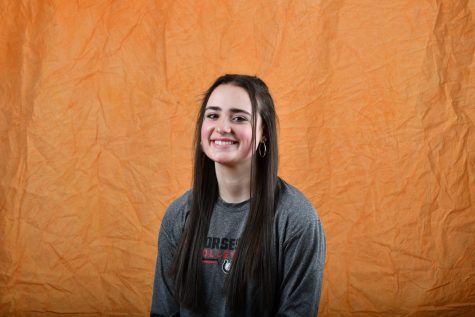
Introducing... Vivian Sciarrillo. This is her first year writing for the Tyrone Eagle Eye newspaper and she is in her sophomore year. When she isn’t...




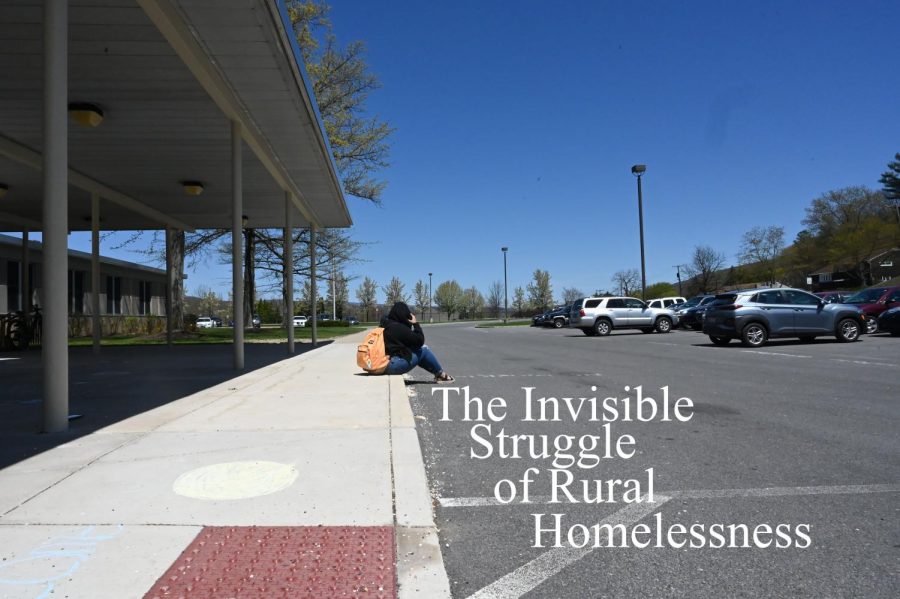




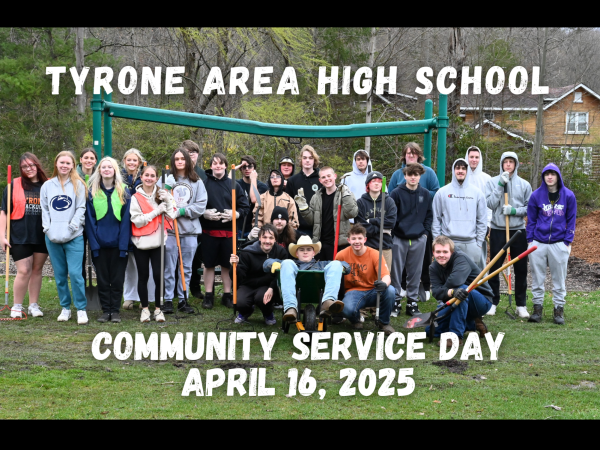
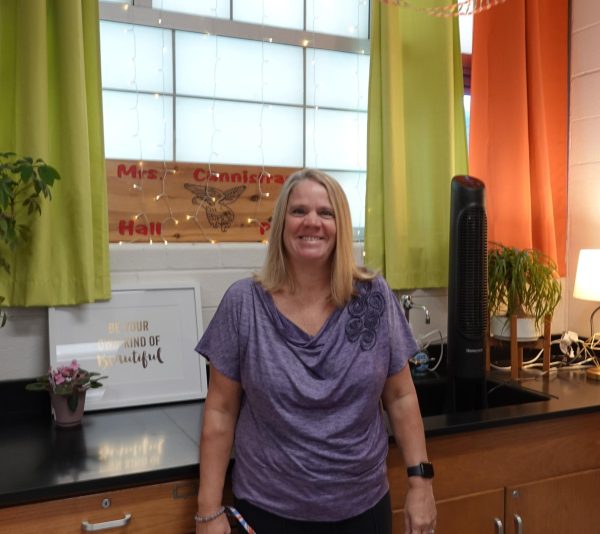

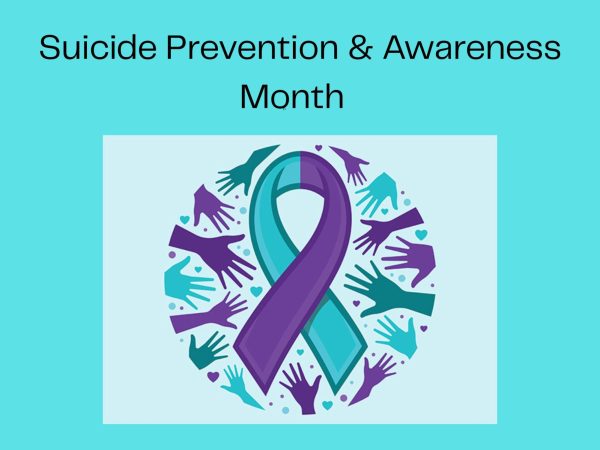
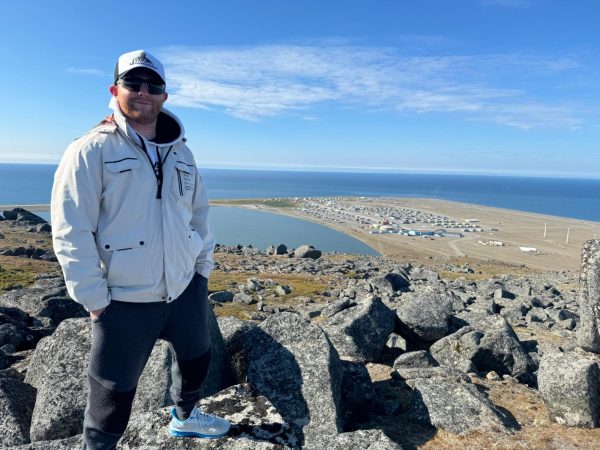
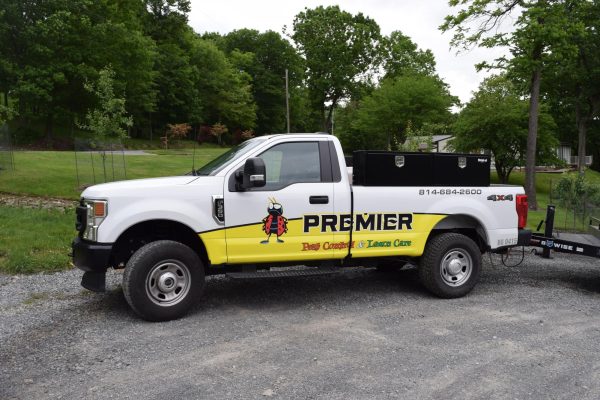
Trina Spangler Spangler • May 4, 2021 at 7:21 am
I own a secondhand nonprofit boutique in Tyrone. Twice is Nice Boutique. I would be happy to provide clothing for homeless local families. If they would like to remain anonymous someone from the school can contact me and I get put together outfits.
Stacie Watson • May 3, 2021 at 6:15 pm
This breaks my heart. I know the town has problems such as this. However, is there anyway the community can help? I know we have food banks and helping hands but is there any other way that people can reach out to help. Alittle giving can help a long way❤️